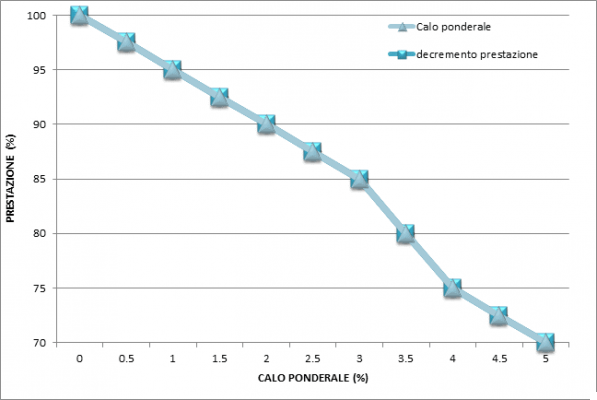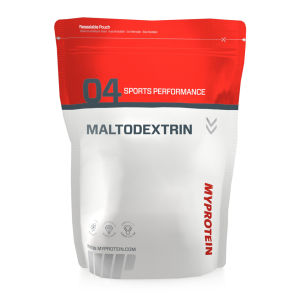By the healthiergang writer, Riccardo Pitarresi, athlete and Taekwondo instructor, majoring in Dietetics.
Rehydration during training
How can we improve performance during resistance training, be it generic or highly specific? Where can I make a difference? One aspect that many neglect or that in any case fails to be sufficiently addressed is rehydration, or the procedure by which we restore the lost water heritage through sweating in the first place.
1. Sweating
However, in order to better understand what rehydration itself is and what it entails, we must first master sweating concept and better understand the dynamics that involve, more generally, the loss of body fluids. The mechanism on which sweating is based is the ability to disperse heat in response to the increase in basal temperature.
Suffice it to say that, through physical exercise, the energy released by the various energy metabolisms is translated for about 80% in the form of heat: this determines an increase in body temperature of 1C ° every 5-7 minutes, triggering in the body a series of thermo-dispersing mechanisms aimed at restoring the optimal temperature; these include the following.
1. Loss of heat from the gastrointestinal tract by heating cold food and drinks;
2. Quantity of heat released by oxidation from ingested foods.
3. More heat released by metabolizing cells, in particular those of the liver, secreting glands and muscles (this caloric amount is promptly dispersed and transferred from the blood to tissue fluids);
4. Loss of tissue fluids through sweating (a little gem: for every gram of H2O it takes 0,58 kcal to EVAPORATE!).
5. Heating of inhaled air and loss of heat by evaporation of H2O in exhaled air.
That's why with a particularly hot climate, a percentage of humidity and high temperatures, the water shares lost during the training session through sweating, as well as those excreted through breathing even in the absence of physical activity, are greater compared to the odds lost in milder climates. In extreme and particularly unfavorable conditions, it reaches even 30ml / min. (1,8 L / hour).
However together with the water share, the most depleted one is the electrolyte share, i.e. we are referring to the quantity of mineral salts that together with sweating is expelled from the body. This is generally a reason for deficit, which leads in the long run together with dehydration to a reduction in the quality of the work session, with a reduction in performance of up to 30% (see in the table how in a manner directly proportional to the amount of sweat generated, performance decreases !). Therefore, in order to be able to fully answer the question posed at the beginning of the article and therefore to be able to qualitatively raise the training regime, to meet the needs of the case it is advisable to apply a reintegration of liquids and electrolytes. In the following table we see respectively the reasons given for an excellent hydration in the Taekwondo athlete, while the graph below shows the decrease in performance proportional to the weight decrease following the loss of fluids.

Do you think this may be enough? It could be, if your workout lasts for 60 minutes or less. And if we decide to train more than 60 minutes, materially what more could we give to our body to be able to sustain a fast pace of physical activity without drastically decreasing performance.
2. Maltodestrine
 In this regard, we turn our attention to a well-known food supplement in the sports context, the maltodextrin. This water-soluble complex carbohydrate has proven effective in endurance sports in providing a plus for its energy character, and considering the speed with which it is absorbed at the gastrointestinal level and the amount of water recalled into the lumen by osmosis almost negligible if not excessively concentrated, it can be considered one of the best non-exciting energy supplements on the market.
In this regard, we turn our attention to a well-known food supplement in the sports context, the maltodextrin. This water-soluble complex carbohydrate has proven effective in endurance sports in providing a plus for its energy character, and considering the speed with which it is absorbed at the gastrointestinal level and the amount of water recalled into the lumen by osmosis almost negligible if not excessively concentrated, it can be considered one of the best non-exciting energy supplements on the market.
Keep in mind however that subjectively maltodextrins may or may not give reflections of hypoglycemia, so it is necessary to determine the subjective tolerance of the case. It should be noted that by introducing a source of carbohydrates of this type, during exercise we would force the organism more in a glucid-energetic sense than in a lipid-energetic sense (this does not however exclude the possibility of burning fat and does not take into account individual differences), so the use of this supplement, if the goal is weight loss, is at your discretion or whoever is responsible, but we repeat, it could still lead to the same purpose if the diet is suitable. If, on the other hand, your last thought will be to lose weight but simply to have a better performance in training, you can safely take it without complicating your life more than it already is.
The concentration of maltodextrins in water should not exceed 5-8%, it means that in 1 liter of water should be added, if we decide to concentrate maltodextrins at 5%, 50 grams of maltodextrin.
In this sense we prevent: dehydration, loss of performance, the probability of injuries strictly related to the scarce use of water during physical activity.
As for the introduction of mineral salts, it would be advisable to refer to the values contained in the table, always extrapolated from the same manuals, to understand which quantities of electrolytes have been lost with sweating and which are therefore to be reintroduced.
In this way we are sure that the muscular response to the contractile stimulus, reintroducing the expelled electrolytes, is not affected by a reduction in the circulating share of these micronutrients. In the table below we show the Symptoms due to dehydration and hypotranemia (PC = Body Weight).
Below is a table taken from Marzatico and Benzi (1989), where it is illustrated how in a way that is directly proportional to the amount of sweat expelled, the electrolyte shares are depleted compromising the neuromotor response at the same time.
It will be necessary that the quantities of liquids and electrolytes are managed intelligently to prevent malabsorption problems, which can lead to gastrointestinal discomfort such as cramps, bloating and diarrhea, as well as it is equally important that the shares of water, maltodextrin and mineral salts are not underestimated.


























